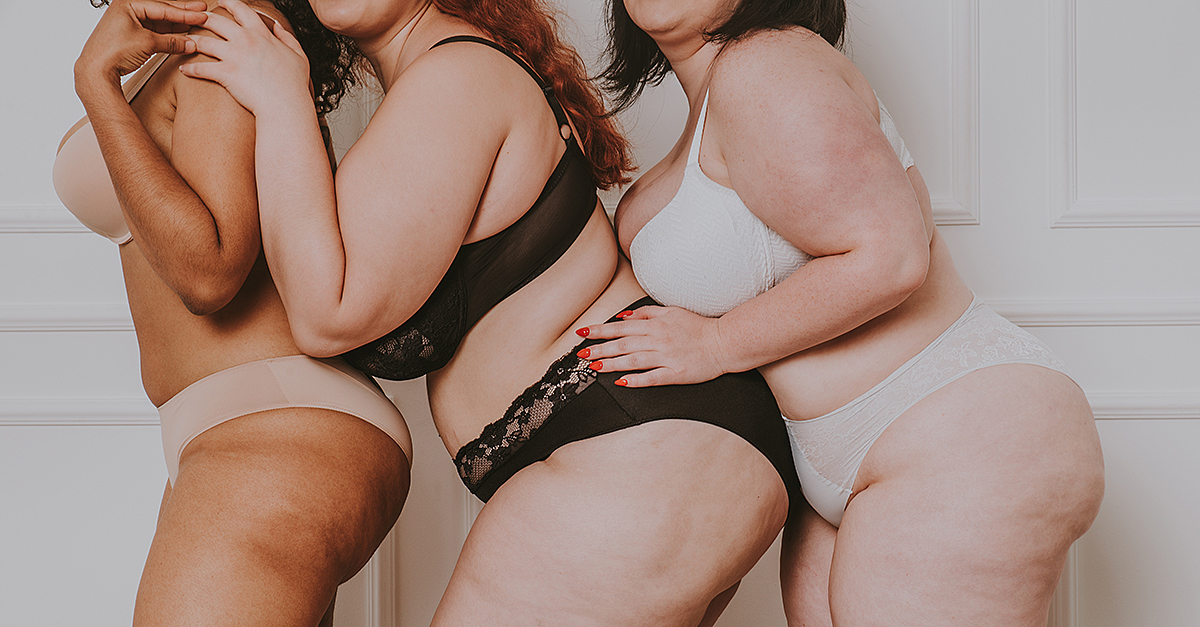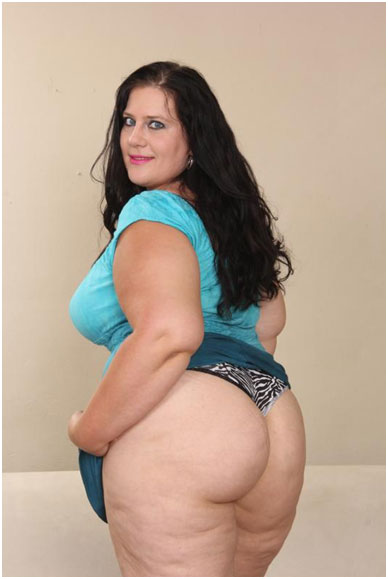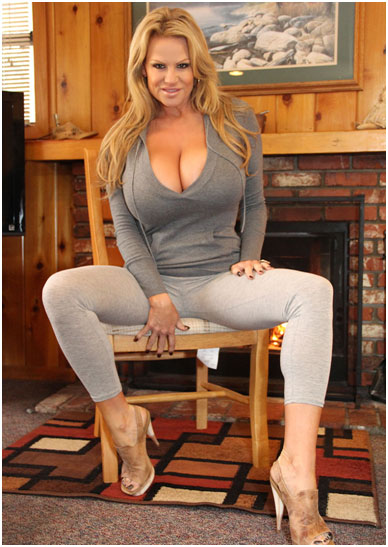When it comes to fetishes it is often difficult Decoding the Taboo, some are more widely accepted than others. One fetish that remains highly taboo and often misunderstood is the fat fetish. Interesting aspects of this are discussed in the fat mature sex blog. While it may seem strange or even repulsive to some, this obsession with larger bodies is a real phenomenon that affects a significant number of people. But where does it come from? What drives someone to be attracted to larger individuals?
In this article, we’ll be delving into the world of fat fetishes, exploring their origins and trying to understand the psychology behind them. While it’s a topic that may make some uncomfortable, it’s important to shed light on this often-shrouded subject and gain a better understanding of the diverse range of human sexuality. So, let’s break the silence and start decoding the taboo surrounding fat fetishes.
Decoding the Taboo Of Fat Fetishes
Before we dive into the origins and psychology of fat fetishes, it’s important to first define what we mean by this term. A fat fetish, also known as a feederism fetish, is a sexual attraction to larger bodies. This can manifest in a number of ways, ranging from a preference for partners who are a little bit overweight to a desire to feed and encourage someone to gain weight. For some individuals, the focus isn’t just on weight gain, but rather on the size and shape of the body. This can include a fascination with bellies, breasts, or other body parts that become more prominent as someone gains weight.
It’s important to note that not everyone who is attracted to larger bodies has a fat fetish. Some people simply find larger bodies aesthetically pleasing, while others may be attracted to the confidence and self-assuredness that often comes with being comfortable in one’s own skin. However, when we talk about fat fetishes, we’re specifically referring to a sexual attraction to larger bodies that goes beyond a simple preference.
The History of Fat Fetishes
While the term “fat fetish” may be relatively new, the attraction to larger bodies is certainly not. In fact, throughout history, larger bodies were often seen as a sign of wealth and prosperity. So, in many cultures, being larger was seen as a desirable trait, as it indicated that someone had access to plenty of food and resources. It wasn’t until the 20th century that thinness became the ideal, with the rise of Hollywood and the fashion industry.
Even in modern times, there have been subcultures that celebrate larger bodies. “BBW” (Big Beautiful Women) movement, which emerged in the 1970s, was one such example. This movement sought to challenge the dominant beauty standards of the time. Celebrate larger bodies as beautiful and desirable. While the movement was primarily focused on larger women, it also helped to create a space where men with fat fetishes could feel more accepted and understood.
The Psychology Behind Fat Fetishes
So, why do some people develop a sexual attraction to larger bodies? There’s no one-size-fits-all answer to this question, as everyone’s experiences and desires are unique. But there are a few theories that may shed some light on the psychology behind fat fetishes.
One theory is that fat fetishes are a form of dominance and control. For some individuals, the act of feeding and encouraging someone to gain weight can be a way of exerting power over them. Similarly, the desire to be with someone who is larger can be seen as a way of dominating them. As larger bodies are often seen as submissive or “soft.”
Another theory is that fat fetishes may be a form of escapism. In a world that is obsessed with thinness and diet culture. Being attracted to larger bodies can be a way of rebelling against the norm. It may also be a way of seeking comfort and pleasure in a society that can be hostile to those who don’t fit the mold.

Common Misconceptions About Fat Fetishes
Before we move on, it’s important to address some of the common misconceptions about fat fetishes. One of the biggest misconceptions is that people with fat fetishes are only attracted to larger bodies. Because they have low self-esteem or are unable to attract partners who meet conventional beauty standards. This simply isn’t true. People with fat fetishes come from all walks of life. They may have a wide range of experiences with their own bodies and the bodies of their partners.
Another misconception is that fat fetishes are inherently unhealthy or dangerous. There are certainly risks associated with rapid weight gain or unhealthy eating habits. But it’s important to remember that not all fat fetishists are interested in extreme weight gain or feeding. For many, the attraction is simply to larger bodies, not necessarily to the act of gaining weight.
Exploring the Impact of Media and Culture on Fat Fetishes
As with so many aspects of human sexuality, media and culture play a significant role in shaping our desires and preferences. In recent years, there has been a growing movement towards body positivity and acceptance of diverse body types. This is a relatively recent development, and for many years, thinness was the dominant beauty standard.
This can have a profound impact on individuals who are attracted to larger bodies. For some, it may mean feeling ashamed or embarrassed about their desires. For others, it may lead to a sense of isolation or a feeling that their desires are not valid or acceptable. It can also create a sense of tension in relationships. Particularly if one partner is attracted to larger bodies and the other is not.
The Intersectionality of Fat Fetishes and Body Positivity
While fat fetishes are often seen as taboo or even shameful, there is a growing movement towards accepting and celebrating larger bodies. This movement is often referred to as “body positivity.” It seeks to challenge the dominant beauty standards and create a space where all bodies are accepted and celebrated.
For individuals with fat fetishes, the body positivity movement can be a source of validation and acceptance. But there are also challenges and tensions in this space. Some body positivity advocates argue that fetishizing larger bodies is counterproductive to the movement. As it can perpetuate harmful stereotypes and objectify individuals based on their size.
Fat Fetishism in Popular Culture and Media
Despite the taboo nature of fat fetishes, there are a number of examples of fat fetishism in popular culture and media. One of the most well-known examples is the film “Feed.” It explores the relationship between a feeder and a woman who is trying to gain weight. There are also more subtle examples. Such as the objectification of larger bodies in advertisements or the portrayal of larger characters in television shows and movies.
While some argue that these representations are harmful and perpetuate negative stereotypes, others see them as a way of normalizing and celebrating diverse body types. As with so many aspects of sexuality, the impact of media and culture on fat fetishes is complex and multifaceted.
Navigating Fat Fetishism in Relationships
For individuals with fat fetishes, navigating relationships can be challenging. There is often a sense of shame or embarrassment associated with these desires, particularly if they are not widely accepted by society. This can create tension in relationships, particularly if one partner is not comfortable with the other’s desires.
However, it’s important to remember that communication and honesty are key in any relationship. If one partner has a fat fetish, it’s important to have open and honest conversations about desires and boundaries. This can help to create a space where both partners feel understood and respected.
Addressing Stigma and Discrimination Towards Those with Fat Fetishes
Finally, it’s important to address the stigma and discrimination that individuals with fat fetishes often face. There is a pervasive belief that fat fetishes are shameful or disgusting. This can lead to discrimination and even violence against those who express these desires.
It’s important to remember that everyone has the right to express their sexuality in a way that feels authentic and fulfilling to them. Stigmatizing or discriminating against individuals with fat fetishes only serves to perpetuate harmful stereotypes. And create a culture of shame and silence.
Understanding and Accepting Diverse Expressions of Sexuality
In conclusion, fat fetishes may be a taboo subject. But they are a real and valid expression of human sexuality. By exploring the origins and psychology behind fat fetishes, we can gain a greater understanding of the diverse range of desires that exist within all of us.
It’s important to challenge the stigmatization and discrimination that often surrounds fat fetishes and create a culture of acceptance and understanding. Ultimately, we must learn to accept and celebrate all expressions of sexuality. Even those that may make us uncomfortable or challenge our beliefs.






